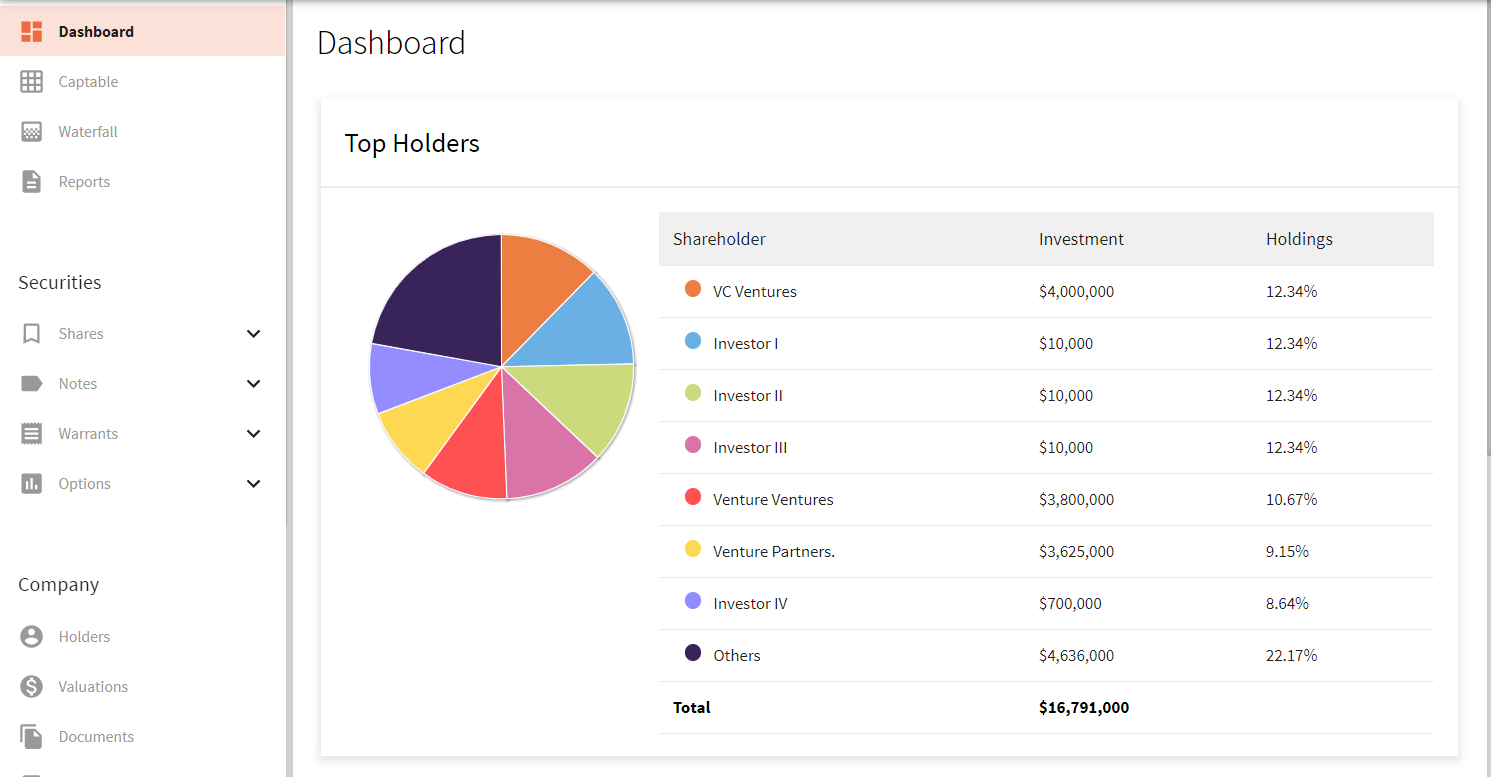The Distribution Waterfall Model Simplified
Private equity waterfalls are a method of dividing capital gains or investment returns between all participants. The parties who benefit from equity waterfalls are typically limited partners (LPs), who are the investors, and the general partner (GP) or sponsor, who can be property managers, real estate firms, or corporations. The term “waterfall” defines how the profits from an investment make their way down to everyone involved in the venture.
What Is a Distribution Waterfall Model?
A distribution waterfall model is a structure designed to ensure that the interests of GPs and LPs align in a way that properly compensates everyone involved in an investment. The flow of a waterfall model can change depending on the goals of every participant. Ideally, waterfall models ensure that everyone receives the correct incentives.
The terms of a distribution waterfall model should be outlined in legal documents accessible to everyone who is part of an investment, whether it’s a real estate investment or the setting up of an equity fund. All terms included in the documentation should be clear to all parties and establish agreed-upon boundaries for the deal, including clawback provisions and promote interest (the share of profits given to the GP).
Waterfall structures allow investors to provide the sponsor with financial incentives that are intended to motivate them to achieve even bigger returns. However, if returns come in lower than expected, the sponsor receives a lower share of profits under a distribution waterfall model.
Before we go farther, remember that Diligent Equity has the leading waterfall and scenario modeling tool for private market investments. Click here to request a demo!
How Do Distribution Waterfall Models Work?
It may help to think of a distribution waterfall model as a way of managing risk away from investors. The capital in a private equity waterfall flows from the investors to the plan sponsor. That way, the sponsor reaps the benefits of any investment or takes the brunt of any revenue shortfalls. There are various ways that you can calculate returns for waterfall structures.
A typical distribution waterfall has four tiers.
Return of Capital (ROC)
At this tier, 100% of any distributions go directly to LPs until they’ve recouped all their initial investments. The payments received do not count as taxable income. Investors at this tier can’t receive gains or recoup losses resulting from any money spent. Essentially, they’re entitled to get back only what they put in at this tier and nothing more.
Preferred Return
The preferred return, or hurdle rate, is one of the primary features of a distribution waterfall model. When LPs make their initial investment, they do so with the expectation that they’ll receive a certain level of returns, typically set between 8% and 10% percent. However, some entities can provide returns at a higher rate of 20% or more.
Catch-Up Tranche
The catch-up tranche tier pushes 100% of any distributions to the fund sponsor. They continue receiving money until they have received a predefined percentage level from the profits. A catch-up tranche is intended to ensure that the GP is made whole. That way, the incentive fee they receive is commensurate with total returns and not just with the profits that exceed the expected preferred return.
To see an example of how this would work, consider a distribution waterfall that defines the preferred return at 7%. The sponsor might have terms in the agreement that promise them a 22% incentive. In that scenario, the investor would receive their initial capital back at the ROC tier then receive an additional 7% in profits at the preferred return level. After that, the manager would get 100% of all distributions until they had received 22% of the profits.
Carried Interest/Residual Split
Carried interest represents the portion of any profits provided to the GP regardless of their initial investment. LPs also receive disbursements from any leftover profits. This tier represents the main source of funding for a sponsor. In return, it’s the GP’s job to ensure that LPs receive their initial investment back, along with the agreed-upon preferred returns. Any carried interest earned is subject to a capital gains tax.
What Are the Different Types of Distribution Waterfalls?
The two most common forms of distribution waterfalls are the American Waterfall and the European Waterfall.
In the European Waterfall model, investors receive preference, which is also called the global waterfall. It’s typically applied directly at the aggregate fund level. Managers don’t receive any profits until investors make back their initial investment and the amount owed in the preferred return. It can take GPs a long time, up to several years, before they make good on their initial investment and start seeing further profits.
In the American Waterfall model, it’s the GPs who benefit more. The model gets applied to every deal instead of at the fund level. The risk gets spread out over each investment and ensures that sponsors receive their investment before LPs receive back their initial investment along with preferred returns.
Why Are Distribution Waterfalls Important?
Distribution waterfall models outline all the rules for distributing profits on a private equity agreement or real estate investment. The simplicity or complexity of a distribution waterfall often depends on the relationship between the LPs and the GPs. If there are strong ties, both parties might be inclined to keep things as straightforward as possible because a level of trust already exists.
However, if the relationship is relatively new, investors may insist on terms that guarantee they will get their investment back before the GP receives any disbursements. In that scenario, GPs may be more inclined to work harder to ensure that investors get their money back as quickly as possible. That way, sponsors plan the timetable such that profits flow down to them sooner.
Of course, investors can also set terms such that the GP receives promote interests before the LPs are returned their total investment. The purpose of this is to encourage better performance and more profits. The final breakdown of tiers and the calculation of interest for each can vary depending on the kind of investors involved and the value they bring.
For example, high net worth individuals, who typically get involved in real estate deals, tend to prefer a straightforward waterfall distribution model. That often leads to a simple split of all cash flows between the GP and LP after all returns are received. The model may break down into two tiers: a preferred return level and a residual split. However, investors representing a real estate group may take a more conservative approach that requires more complex calculations.
Work Through Distributed Waterfall Models with Diligent Equity
Simplify communications around your distribution waterfall models and other private equity transactions with the Diligent Equity platform. Contact us today to get a demonstration of its financial capabilities.



